As you know Californian’s typically don’t encounter too much rain and when we do, it can unexpected and challenging to be in the road, As of recent, we have gotten a lot of rain here and the storms aren’t stopping anytime soon. Safety should be your main concern, but not all drivers follow these rules.
Here are our top 10 tips for driving in the rain:
1.) Watch your speed. This is the thing that can make or break your travels. The faster you go the harder it will be to stop or slow down. Hydroplaning can happen in the slightest of weather conditions.
2.) Headlights are your friend. Most new cars have an auto headlight feature, some older cars need to have the headlights turned on manually Headlights will help you see better, additionally, they help other drivers see you. Drivers behind you need to see your lights and break lights as well. Remember – wipers on, headlights on! It’s easy to perform a brake light test to see if you have a broken taillight and very affordable to replace these lights that are not working.
3.) First rain on the road. The first rain of the season can be the most difficult. There is residue of accumulated grease and oil on the roads, then when the rain starts the roads it creates s really slick and slippery road. It’s easy to loose control with these conditions.
4.) The wind is not your friend. Many rainstorms bring the heaviest of winds and if you are driving and you feel your car starting to move or sway, be sure to hold onto your steering wheel and remember to not panic. Make slight adjustments to stay in your lane. Also, be aware of large trucks and buses on the road, these larger vehicles are more susceptible to high winds due to their larger cargo area.
5.) Debris and puddles in the road. This can include objects such as car parts from accidents, fallen trees, large puddles or branches. Downed power lines also present a hazard. be alert for all these dangers on he road.You can not determine how deep the puddle is and the impact of a pothole or large area of water can cause you costly damage to your car and possible injury to you.
6.) Maintain a safe following distance. This rule should apply in regular driving conditions. However, under normal conditions, you would drive at least 5 seconds behind the vehicles in front of you. This should be practiced in all weather conditions. It’s especially important to increase your distance when driving behind vehicles, especially trucks and buses.
7.) Flooding and deep areas. Don’t drive through moving water or area where there are large puddles. If water is crossing the road, turn around and find an alternate route. Although It may not look like a strong current or a deep puddle, you never know what’s under the water (ie.a hazard in the road) , If the water is a moving, the current can carry you very easily, it can very-well carry you off the road. Turn around, don’t drown, don’t risk it. You risk getting stuck or trapped or ultimately ruining your vehicle can causing you harm.
8.) See and be seen. When it’s raining so hard that you can’t see the road or the cars around you, it’s best to pull over to be safe. It’s best to wait it out. If you can’t see the road, put on your four-way hazard flashers and find a safe place to pull off the road or highway. Other cars may have trouble seeing the road too and might not see you, it’s better to be safe than sorry.
9.) Windshield wipers. If you haven’t yet replaced your windshield wipers for this winter season, make this a priority. You need to have the best viability possible so you can see the road. Most auto supply shops and dealerships will install them for you at no charge.
10.) Wear rain gear! If, in the event you are stranded or are stuck in this crazy rainy weather, be sure you have the appropriate clothing and are prepared for all conditions. There is nothing worse than being cold whike waiting for assistance.
All of here at Silva Injury Law, Inc. we encourage all drivers to be careful when driving in rainy and stormy conditions. We can all reduce the number of injuries and fatalities if you follow these tips. If you or a loved one is the victim of a car crash in the rain we can help you. Additionally, a slip and fall on wet pavement can cause severe injuries. If your car crashes due to hydroplaning or other weather related accidents, consult us so we can assist you with the appropriate legal advice.
Find Out How We Can Help
At Silva Injury Law we promote healing through compassionate advocacy. With each case tailored to the individual, we look our for your best interests by evaluating your unique circumstances. Contact us today for a FREE in person or remote consultation.


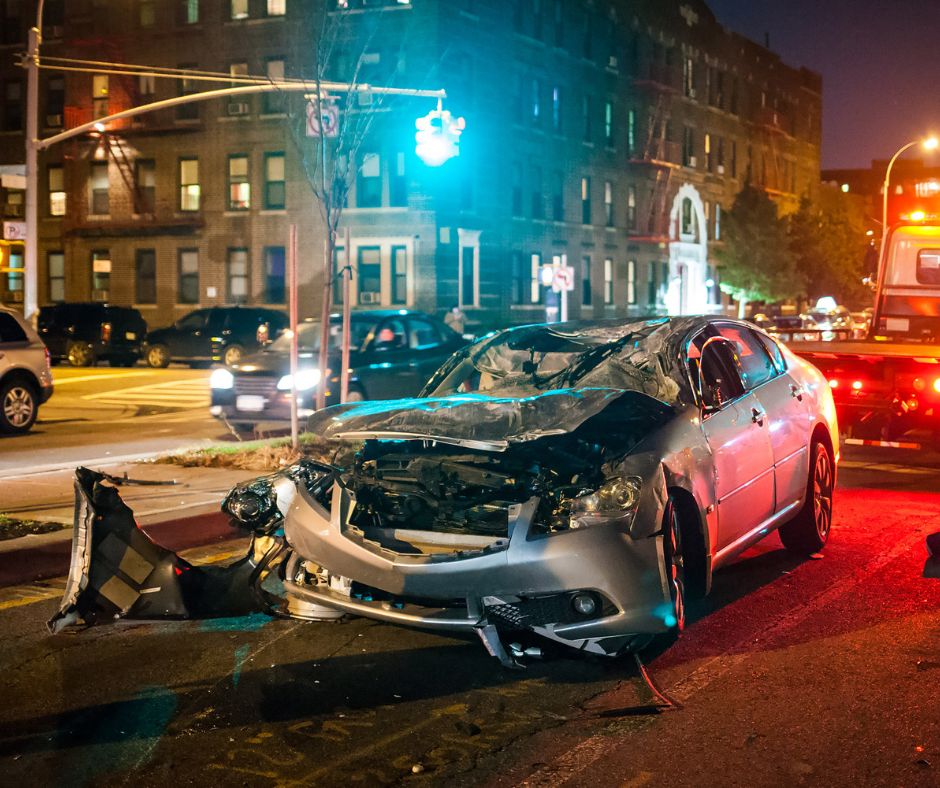


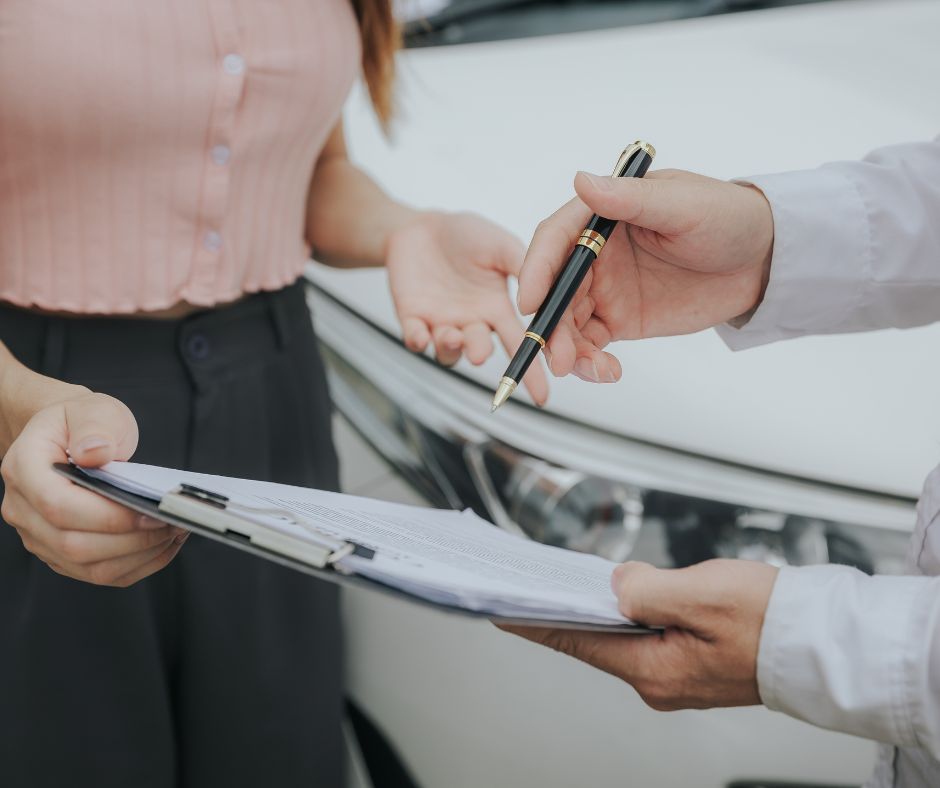
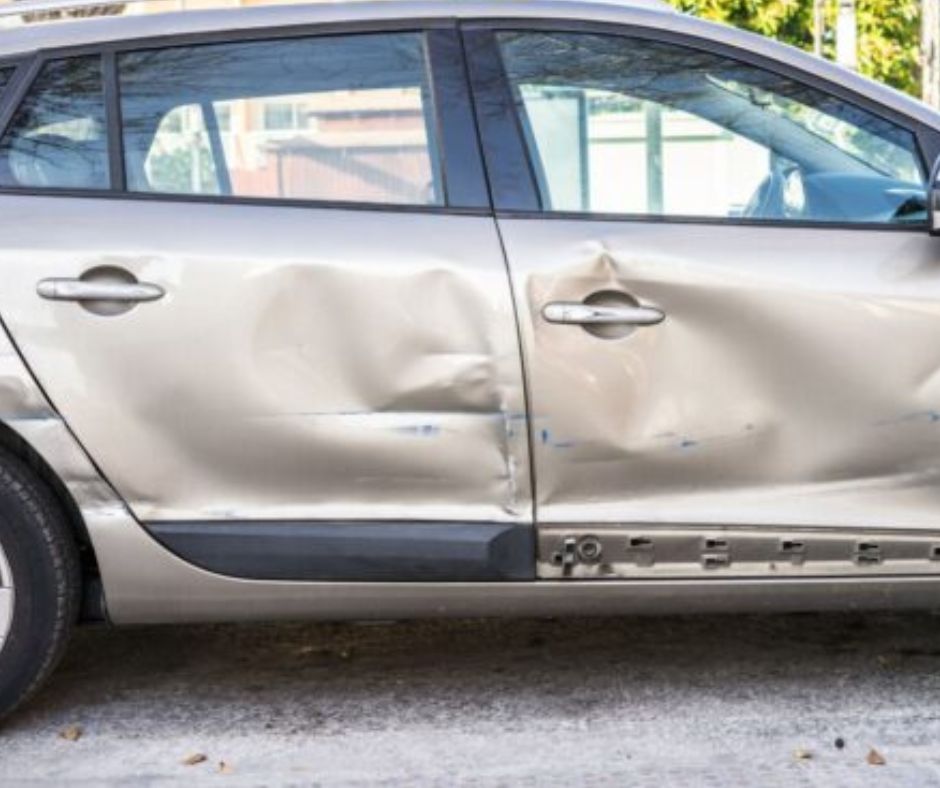
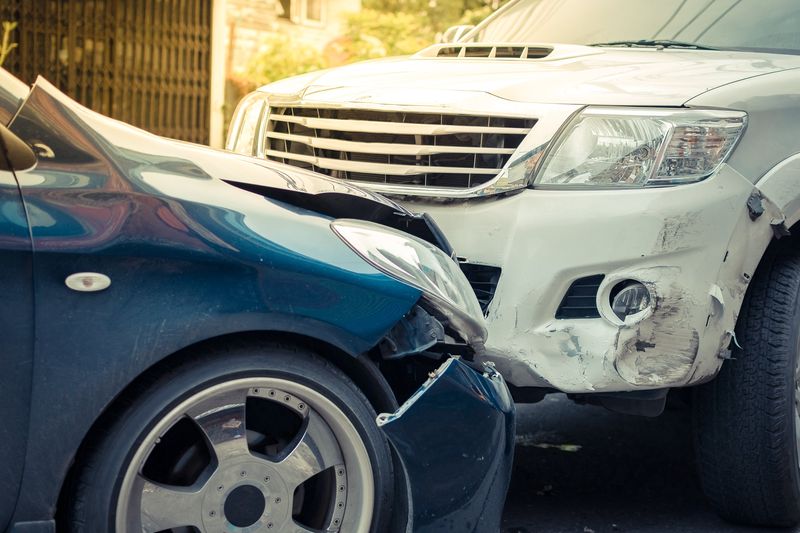
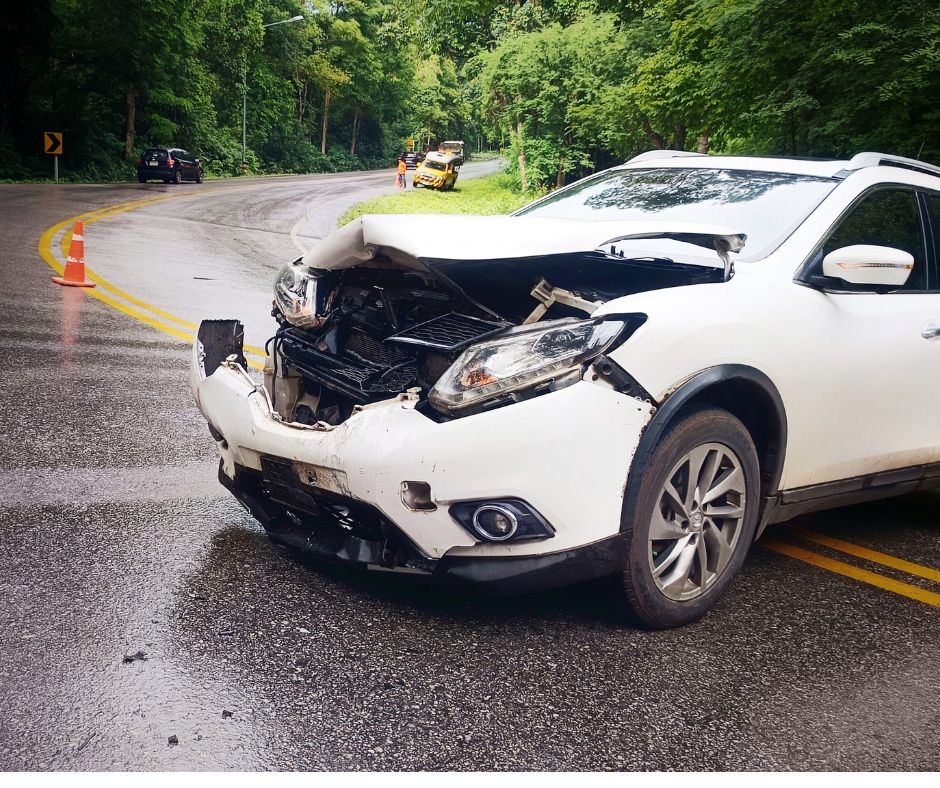
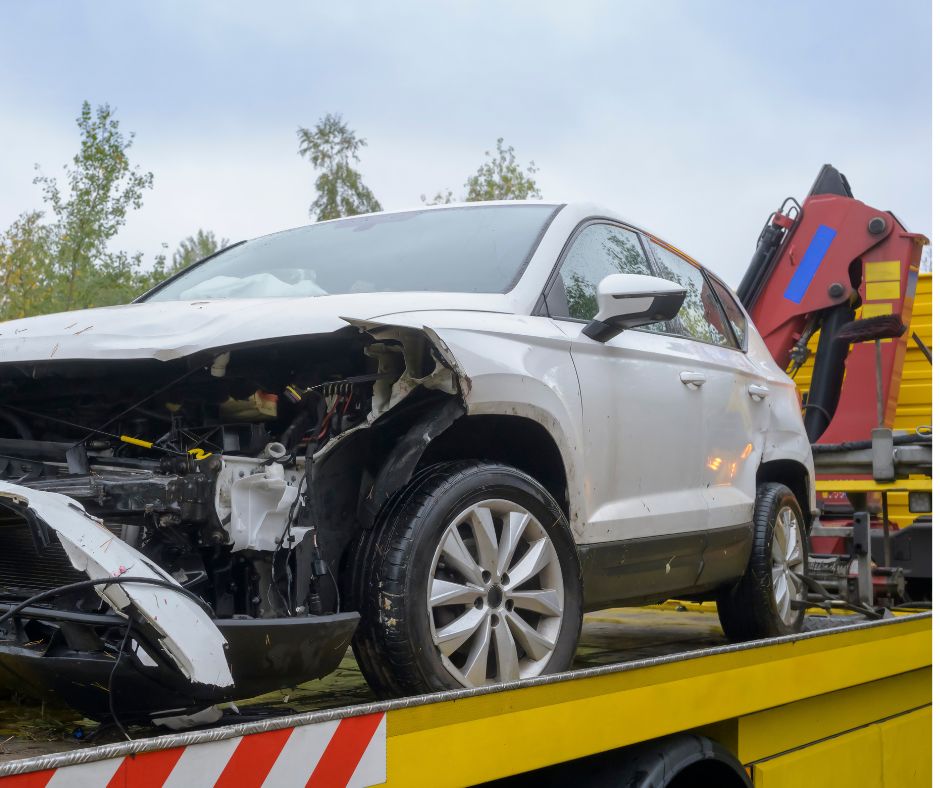
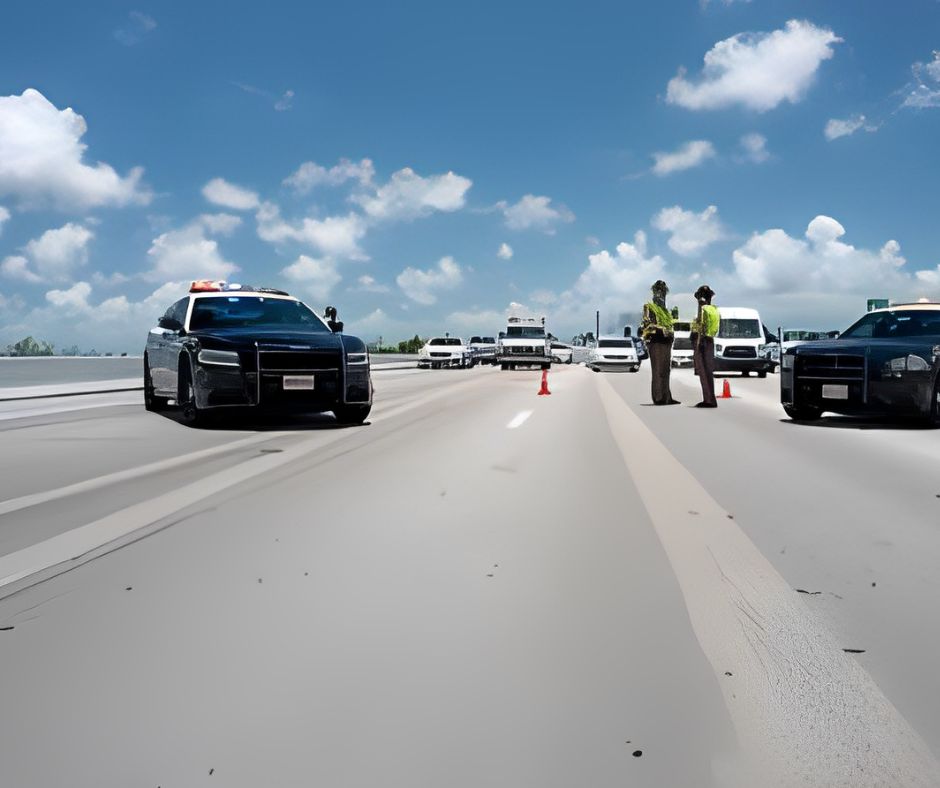
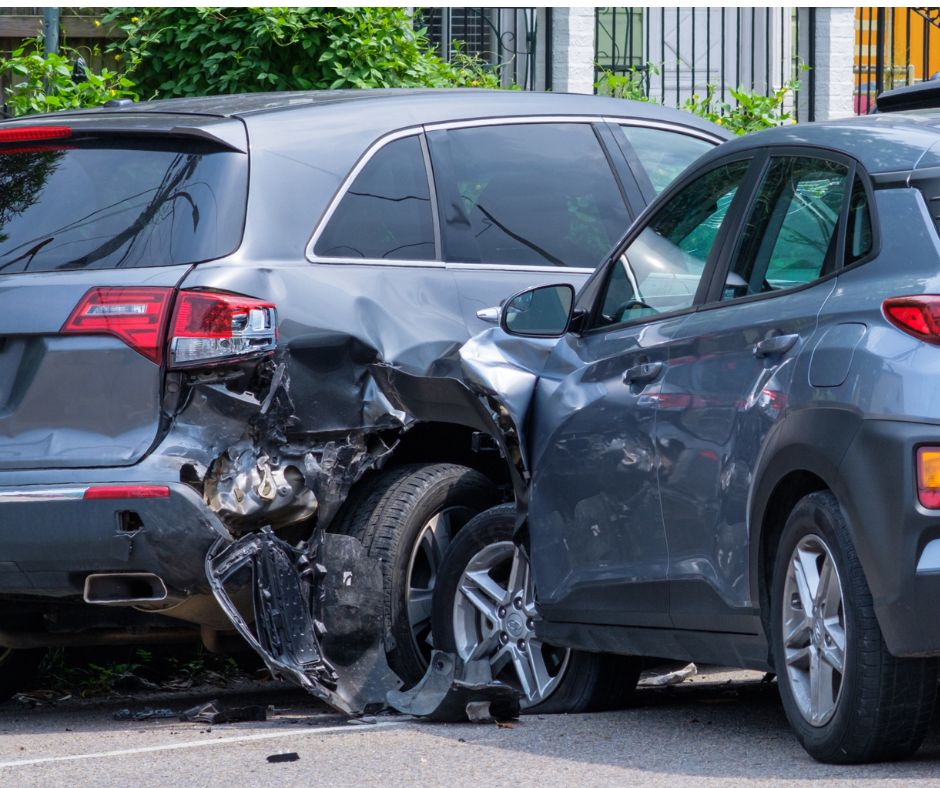
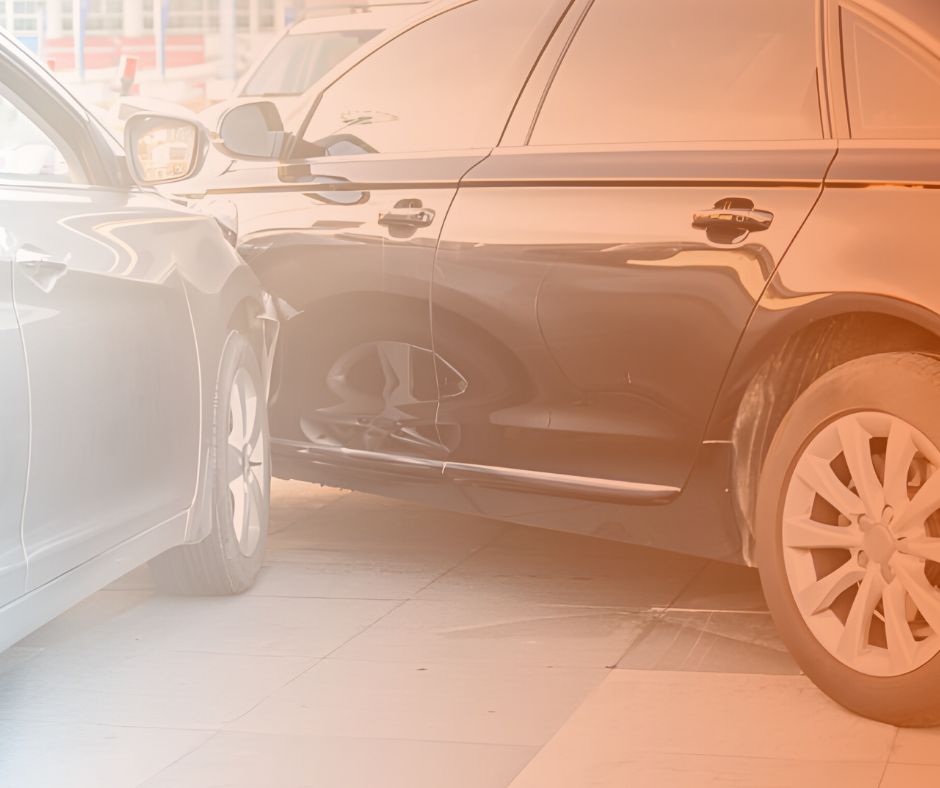





 EMAIL
EMAIL  AI-search
AI-search  Access
Access